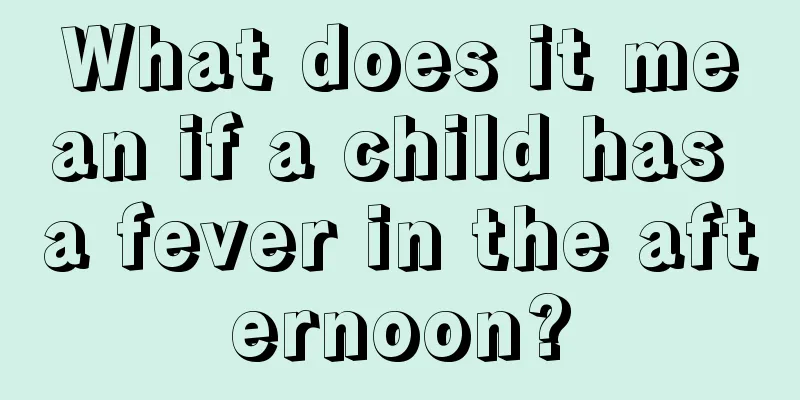Jaundice 320 insists on not using blue light

|
Jaundice is a symptom that many newborns will experience after birth. More than half of jaundice can disappear on its own, but there are cases where the condition becomes increasingly serious and requires hospitalization. This is pathological jaundice. The fastest and most effective way to treat jaundice during hospitalization is to expose the baby to blue light. But not all parents want to expose their children to blue light, believing that blue light exposure is harmful to their children. So is it correct that Jaundice 320 does not use blue light? 1. Is it harmful to treat jaundice by using blue light? Blue light irradiation is a simple, effective and fast-acting method for treating neonatal jaundice. Jaundice means that the baby's bilirubin level is too high. Bilirubin can absorb light. Under the action of light and oxygen, the fat-soluble bilirubin is oxidized into a water-soluble product, which can be excreted from the body through bile or urine, thereby reducing the serum unconjugated bilirubin concentration. Children with jaundice and significantly increased direct bilirubin may develop bronze syndrome after phototherapy. "Bronze" pigments include biliverdin, bilebrown, etc., and direct bilirubin is more easily oxidized to biliverdin. However, "bronze" pigments not only exist in the skin, but also in serum, liver, spleen, kidney, pericardium and ascites, so "bronze" pigments accumulate in the body. Liver damage: Children also have liver damage, so that the products of bilirubin oxidation through light cannot be excreted from the liver and gallbladder, which is another condition for phototherapy to cause this disease. When children have both liver damage and elevated direct bilirubin, phototherapy may cause bronze syndrome, but some also believe that phototherapy damages the liver and causes this disease. There is currently no specific treatment for this disease, but the bronze color is a harmless, benign natural process that will disappear on its own and has no effect on the prognosis of the disease or mental and physical development. Active treatment should be given to the cause of increased bilirubin and active treatment such as jaundice reduction. The prognosis of this disease is good, and the symptoms and signs can disappear on their own. 2. The prevention and care of neonatal jaundice should pay attention to the following points: (1) Fetal jaundice is often caused by the mother being attacked by dampness and heat, which affects the fetus, resulting in fetal jaundice after birth. Therefore, during pregnancy, the pregnant mother should pay attention to eating in moderation, not eating raw or cold food, not being too hungry or too full, and avoid drinking alcohol and spicy and hot foods to prevent damage to the spleen and stomach. (2) If a woman has given birth to a baby with fetal jaundice, she should take preventive measures and take Chinese medicine on time when she becomes pregnant again. (3) Closely monitor the baby’s scleral jaundice after birth. If jaundice is detected, treat it as soon as possible and observe changes in the color of the jaundice to understand the progression of the jaundice. |
<<: Is a jaundice index of over 300 serious?
>>: How much vision is considered myopia in children
Recommend
How to cultivate children's nap habits
It is also a good way for children to maintain th...
What is the problem of newborn drooling frequently?
In the process of caring for newborns, parents sh...
Can babies eat yogurt when they have a fever?
Yogurt contains less calcium, and children need a...
What should I do if my child can’t sleep due to nasal congestion?
Young children usually do not know how to protect...
What causes yellow skin in children?
Generally, normal children have tender and moist ...
What should children eat to grow taller
When they go to school, in addition to comparing ...
What is the reason why babies always sleep restlessly?
It is a very common situation for newborns to hav...
Symptoms of a baby's throat burn
Every part of the human body is susceptible to bu...
What is the reason for the baby's dark green stool?
Young mothers who have just given birth know noth...
What are some ways to strengthen the spleen and stomach in children?
The spleen and stomach are two very important org...
How to treat chronic rhinitis in babies?
I believe many friends have heard of chronic rhin...
What to do if the baby has hydroscrotum
Many parents want to give birth to a little boy, ...
How to treat drooling in children with cerebral palsy
Drooling in children with cerebral palsy can have...
What's wrong with the white spots on the corners of the child's mouth?
From the birth to the growth of a child, mothers ...
How to treat rhinitis in children
For parents, it is quite difficult for children t...









